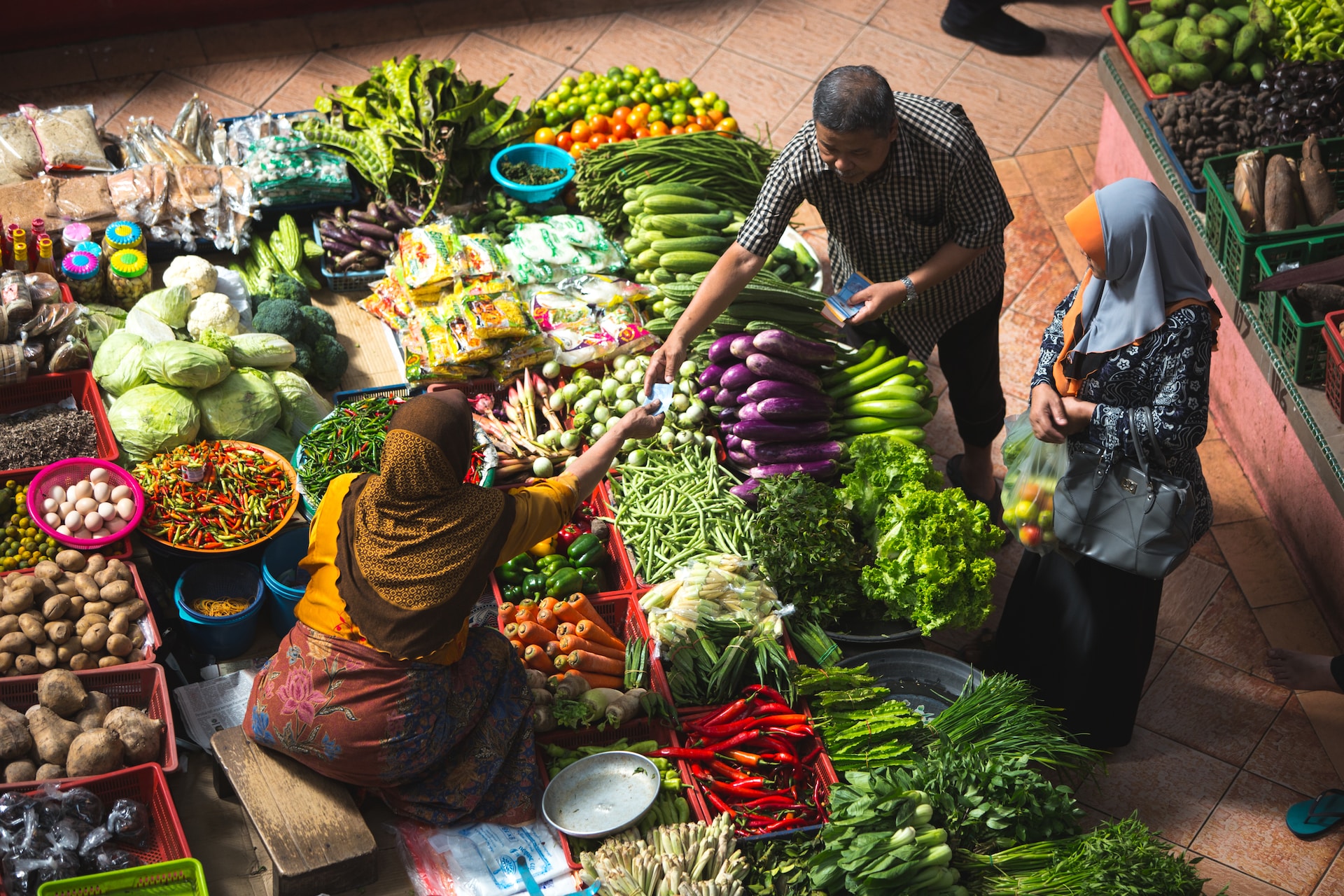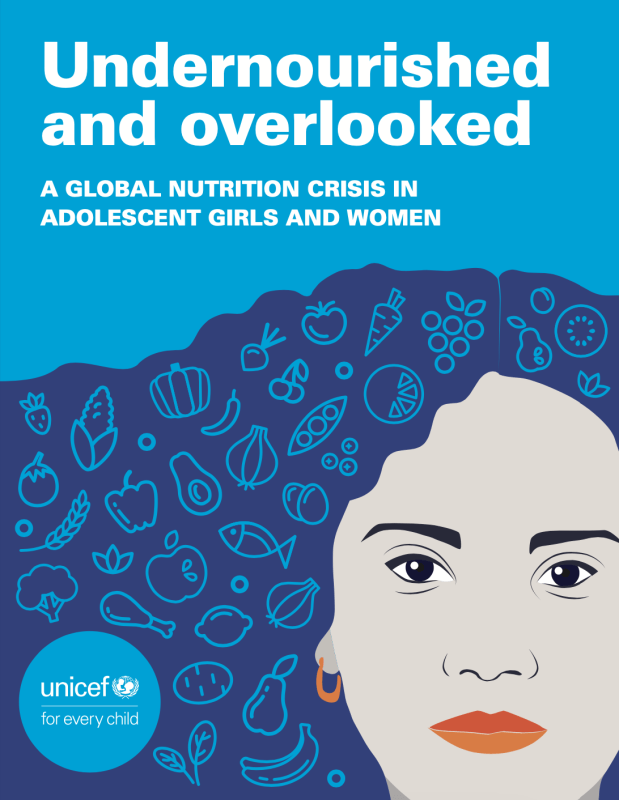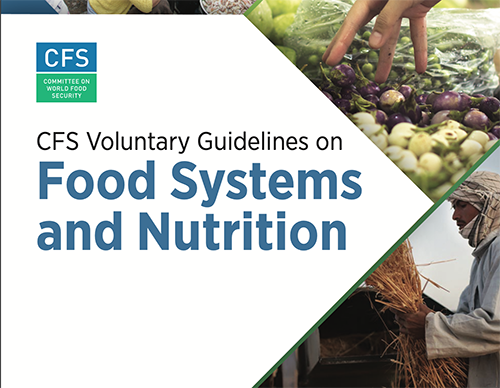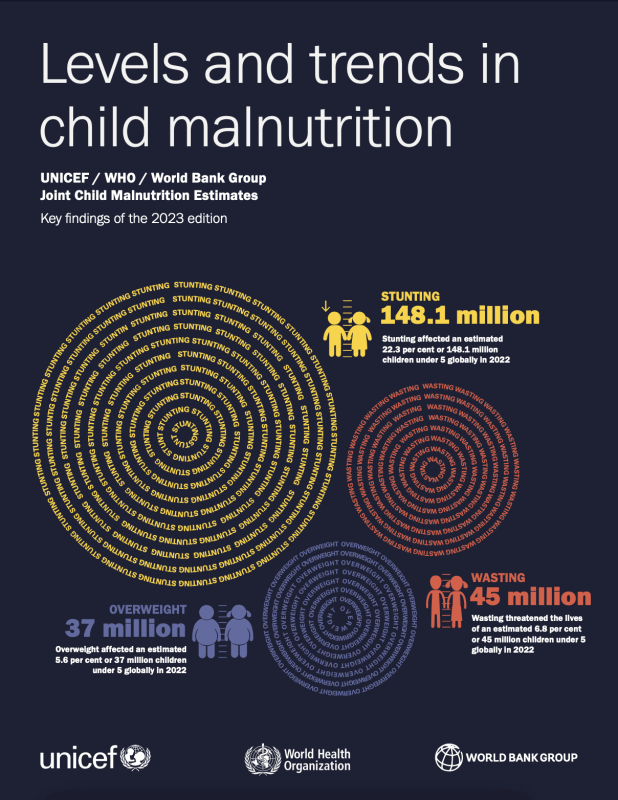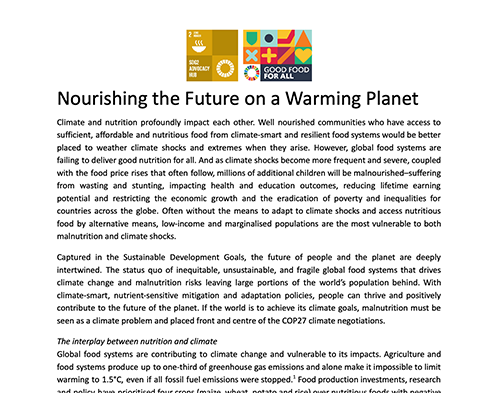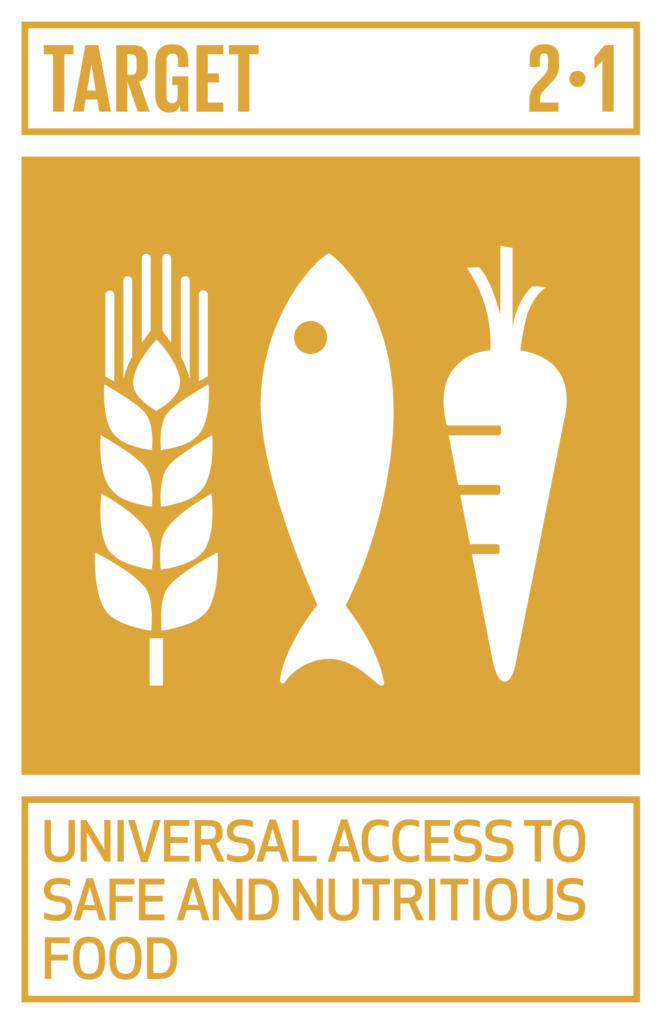
By 2030, end hunger and ensure access by all people, in particular the poor and people in vulnerable situations, including infants, to safe, nutritious and sufficient food all year round.
Indicators:
- Prevalence of undernourishment
- Prevalence of moderate or severe food insecurity in the population, based on the Food Insecurity Experience Scale (FIES)
With sub-goal SDG2.1, the world has committed to end hunger and ensure access by all people, in particular the poor and people in vulnerable situations, including infants, to safe, nutritious and sufficient food all year round by 2030.

SDG2.1 recognises that good food is not always a choice due to protracted conflicts, unchecked climate chaos and economic downturns that make nutritious food unaffordable, unavailable and/or unaccessible for 735 million people. Prioritising the most vulnerable, the SDG2 community engages in and/or tracks initiatives to tackle food insecurity and its root causes in both humanitarian and development settings.
Thematic areas include:
addressing the humanitarian funding gap; responding to declarations of famine; building resilience through shock responsive social protection and anticipatory actions; and ensuring nutrition sensitivity in humanitarian settings.
Find below key resources and activities from across the SDG2 community and beyond that are working to progress SDG 2.1:
2023 The State of Food Security and Nutrition in the World
Hungry for Action
The Human Costs of the Food Crisis: How Price Spikes are Wreaking Havoc Across the Globe
2023 Global Report on Food Crises
World Bank – Food Security Update
Open Letter and Policy Recommendations to United Nations’ Member States on the Global Hunger Crisis
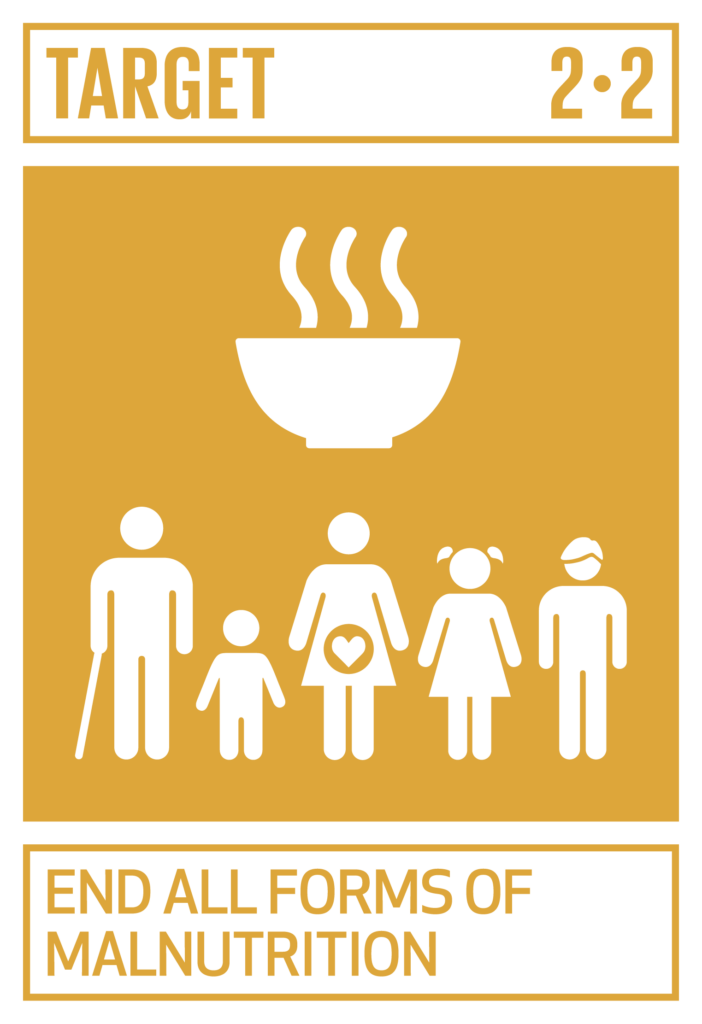
By 2030, end all forms of malnutrition, including achieving, by 2025, the internationally agreed targets on stunting and wasting in children under 5 years of age, and address the nutritional needs of adolescent girls, pregnant and lactating women and older persons.
Indicators:
- Prevalence of stunting (height for age <-2 standard deviation from the median of the World Health Organization (WHO) Child Growth Standards) among children under 5 years of age
- Prevalence of malnutrition (weight for height >+2 or <-2 standard deviation from the median of the WHO Child Growth Standards) among children under 5 years of age, by type (wasting and overweight)
- Prevalence of anaemia in women aged 15 to 49 years, by pregnancy status (percentage)
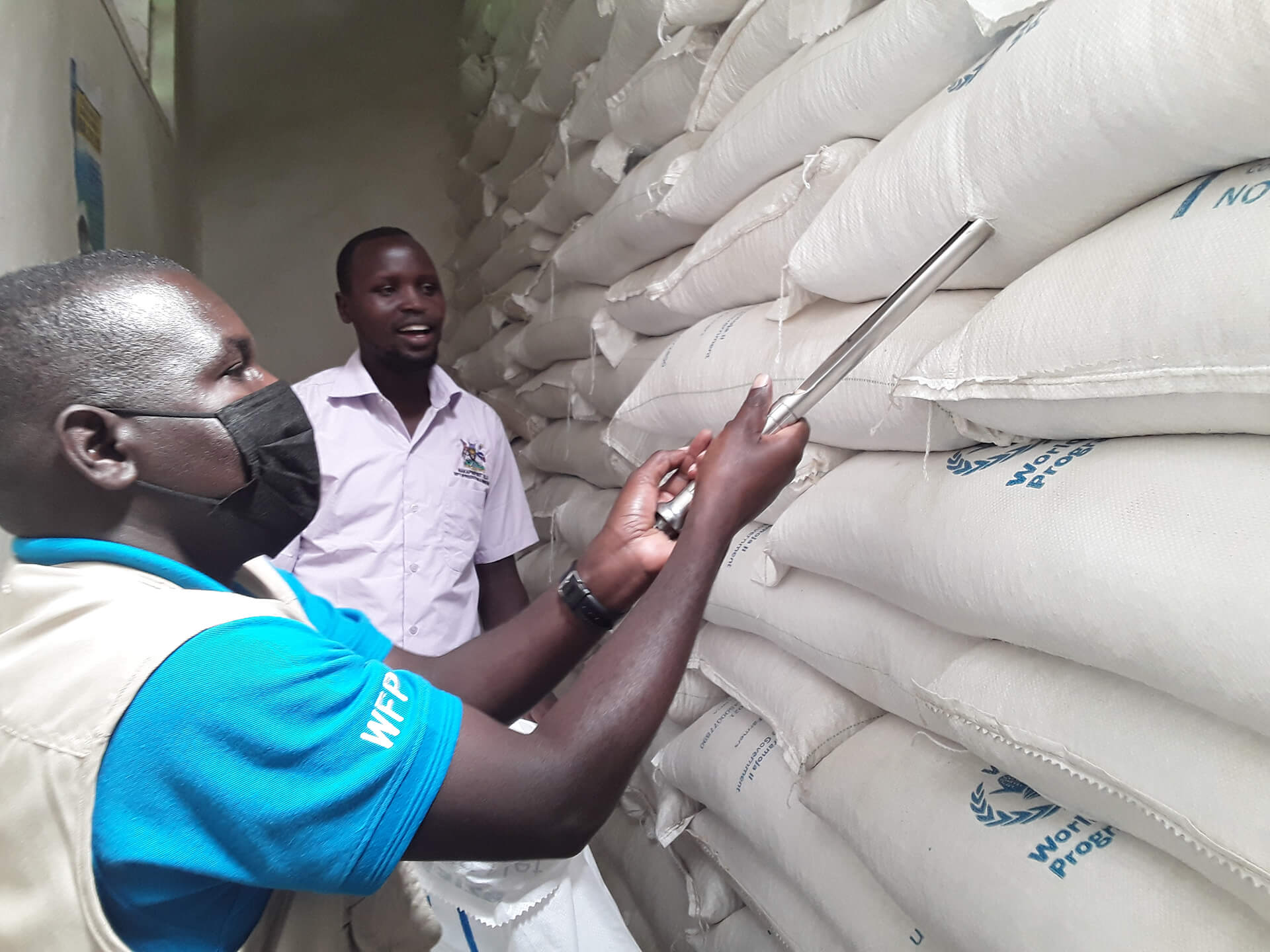
Sub-goal SDG2.2 pledges to, by 2030, end all forms of malnutrition, including achieving, by 2025, the internationally agreed targets on stunting and wasting in children under 5 years of age, and address the nutritional needs of adolescent girls, pregnant and lactating women and older persons.
The SDG2.2 ambition spans malnutrition in all its forms: underweight, stunting, wasting, micronutrient deficiencies, overweight and obesity. Delivering good nutrition for all starts with good food that is safe and nutritious to consume – from breastmilk to fortified foods – and allows people to prosper and reach their fullest potential. It also requires strong and resilient structures for health systems, social protection systems and WASH.
Thematic areas include:
nutritious school meals; demystifying food fortification; promoting micronutrients as a best bet; diversifying food production.
Find below key resources and activities from across the SDG2 community and beyond that are working to progress SDG2.2:
We Are All Accountable Campaign
Tragic Impacts of the Global Food Crisis on Child Wasting
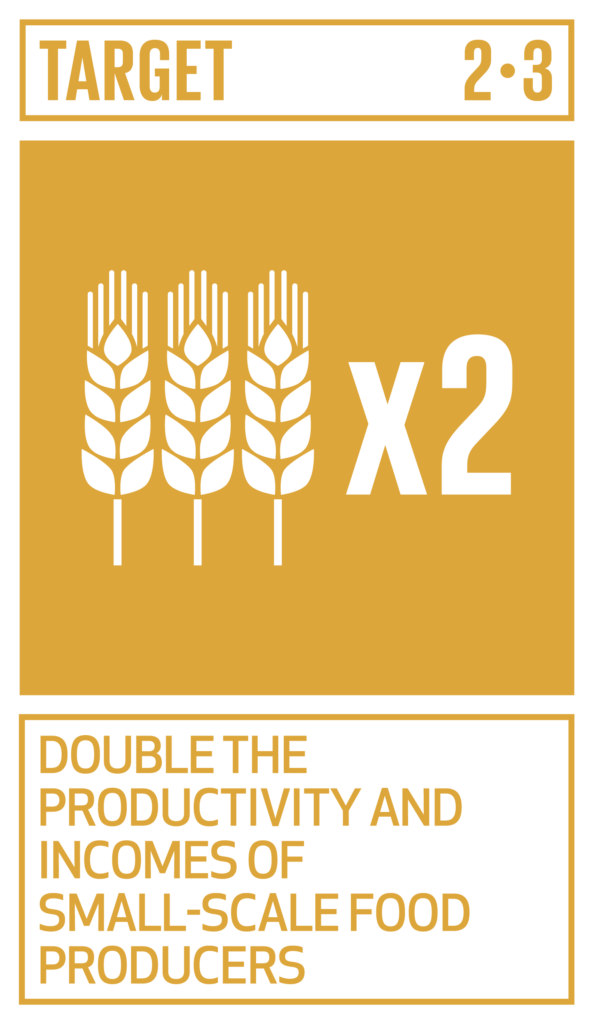
By 2030, double the agricultural productivity and incomes of small-scale food producers, in particular women, indigenous peoples, family farmers, pastoralists and fishers, including through secure and equal access to land, other productive resources and inputs, knowledge, financial services, markets and opportunities for value addition and non-farm employment.
Indicators:
- Volume of production per labour unit by classes of farming/pastoral/forestry enterprise size
- Average income of small-scale food producers, by sex and indigenous status
SDG2.3 focuses on the equity and economic viability of food production.
It is a reminder that small-scale food producers, whether they be farmers, fishers, pastoralists, or farm workers, are entrepreneurs and cultivators who feed millions around the world but by every measure, are being left behind. The majority live with hunger and poverty and suffer poorer health outcomes especially marginalised groups such as women and Indigenous people. Small-scale food producers will be decisive in overcoming some of the world’s most pressing challenges and it is essential that they receive the tools and support to increase productivity.
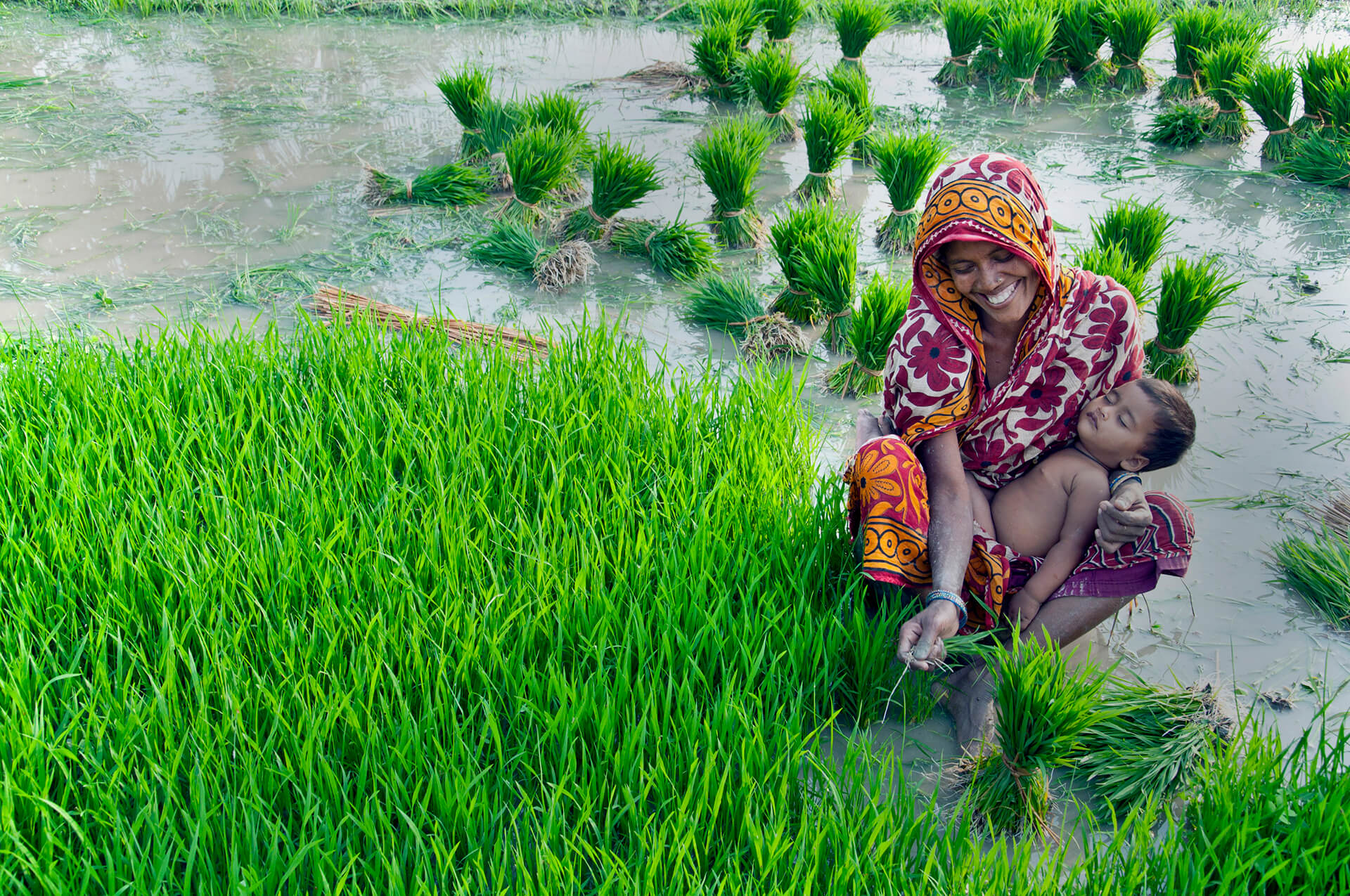
*The FAO notes that there is currently no internationally agreed upon definition of small-scale food producers. National definitions are very diverse and are generally characterised by one or more of the following indicators: endowment of factors of production, share of family workers in the holding, economic size of the holding, land size, and many more.
Thematic areas include:
smallholders livelihoods; data; extension services; empowering farmers organisations; agricultural subsidies
Find below key resources and activities from across the SDG2 community and beyond that are working to progress SDG2.3:
Achieving Sustainable Food Systems in a Global Crisis
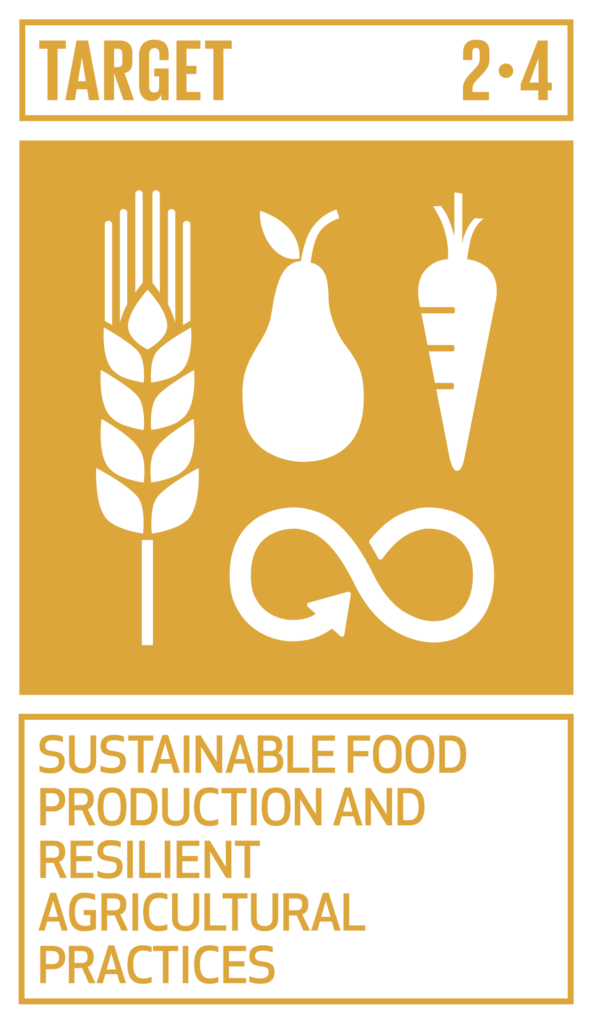
By 2030, ensure sustainable food production systems and implement resilient agricultural practices that increase productivity and production, that help maintain ecosystems, that strengthen capacity for adaptation to climate change, extreme weather, drought, flooding and other disasters and that progressively improve land and soil quality.
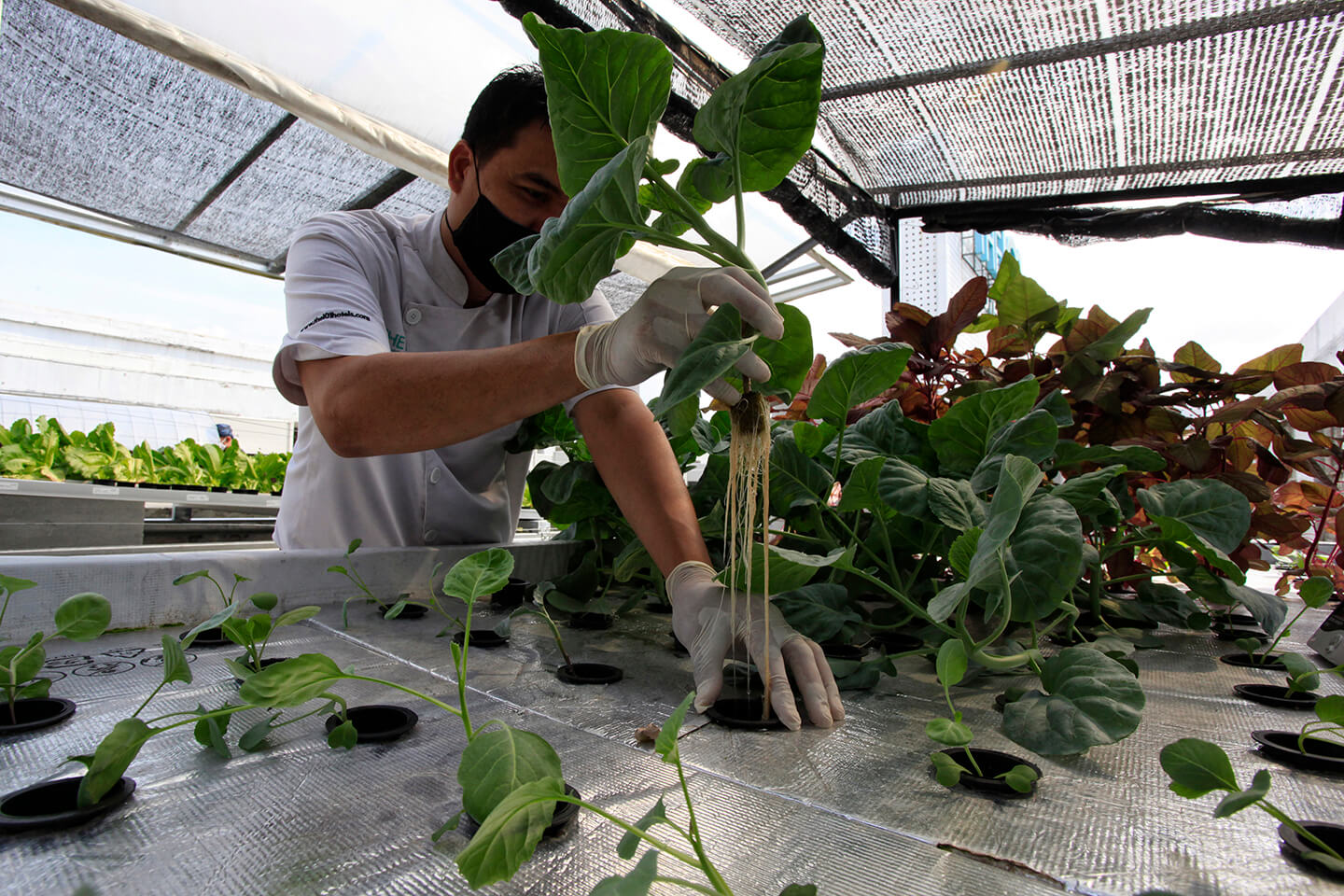
Indicators:
- Proportion of agricultural area under productive and sustainable agriculture
Thematic areas include:
adaptation; food systems transformation; agricultural research
Find below key resources or activities from across the SDG2 community and beyond that are working to progress SDG2.4:
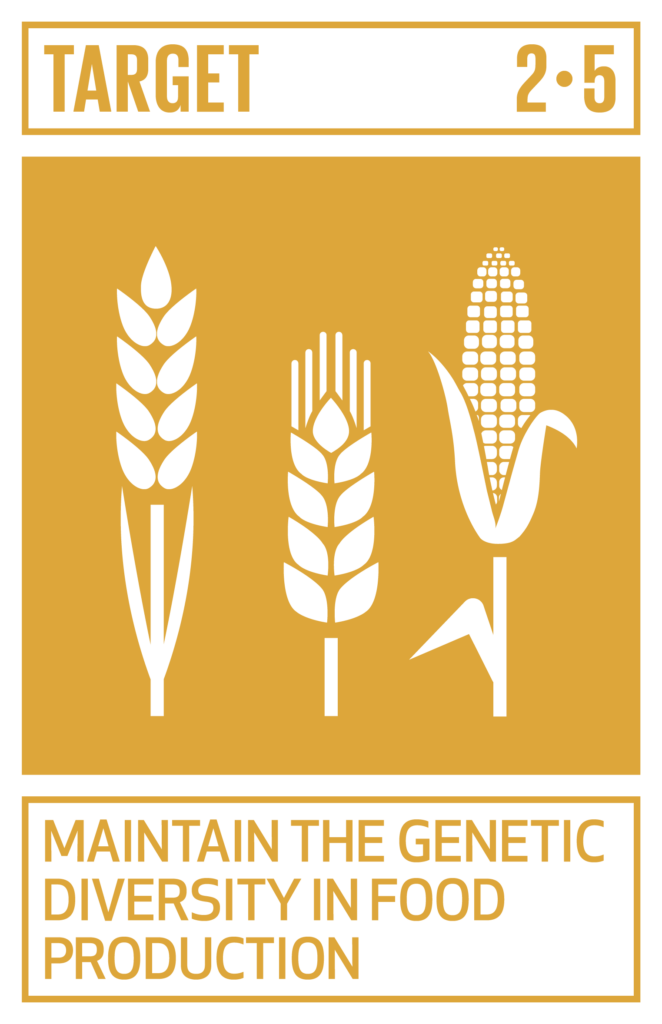
By 2030, maintain the genetic diversity of seeds, cultivated plants and farmed and domesticated animals and their related wild species.
Also including through soundly managed and diversified seed and plant banks at the national, regional and international levels, and promote access to and fair and equitable sharing of benefits arising from the utilisation of genetic resources and associated traditional knowledge, as internationally agreed.
Indicators:
- Number of (a) plant and (b) animal genetic resources for food and agriculture secured in either medium- or long-term conservation facilities
- Proportion of local breeds classified as being at risk of extinction
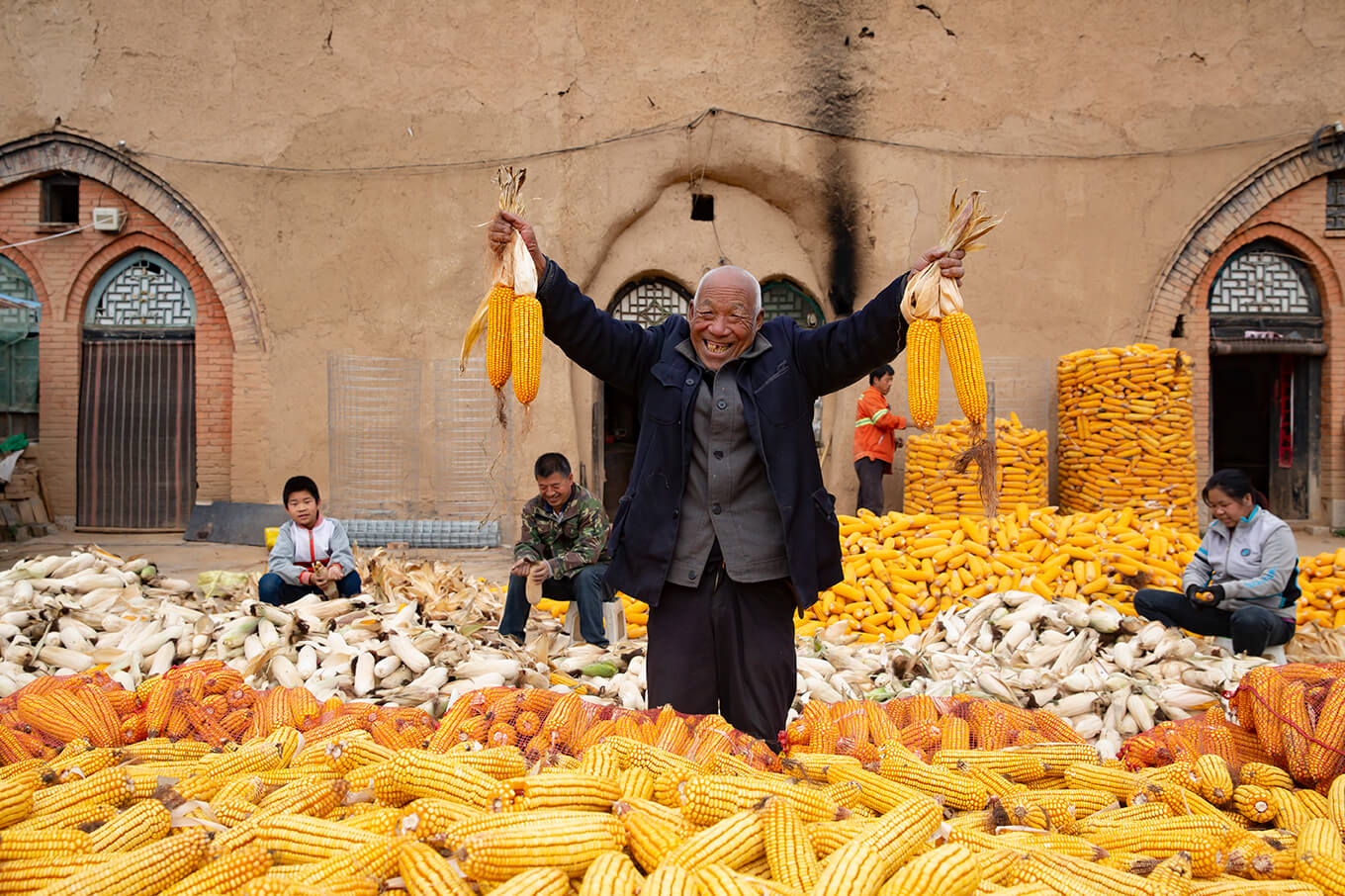
SDG 2.5 recognises the biological building blocks of nutritious food.
As the world has globalised, the different species of plants and animals raised for food has diminished. In addition, the use of chemical fertilisers and pesticides can poison soils. Healthy soils are an ecosystem inhabited by millions of microbes and bacteria which enable the growth of nutrient-rich foods. They can sequester carbon from the atmosphere, build resilience against drought and extreme weather events, and prevent erosion. The diverse diets that come from biodiverse soils are necessary to provide the various micronutrients, vitamins, and minerals for optimal human nutrition.
Find below key resources or activities from across the SDG2 community and beyond that are working to progress SDG2.5:
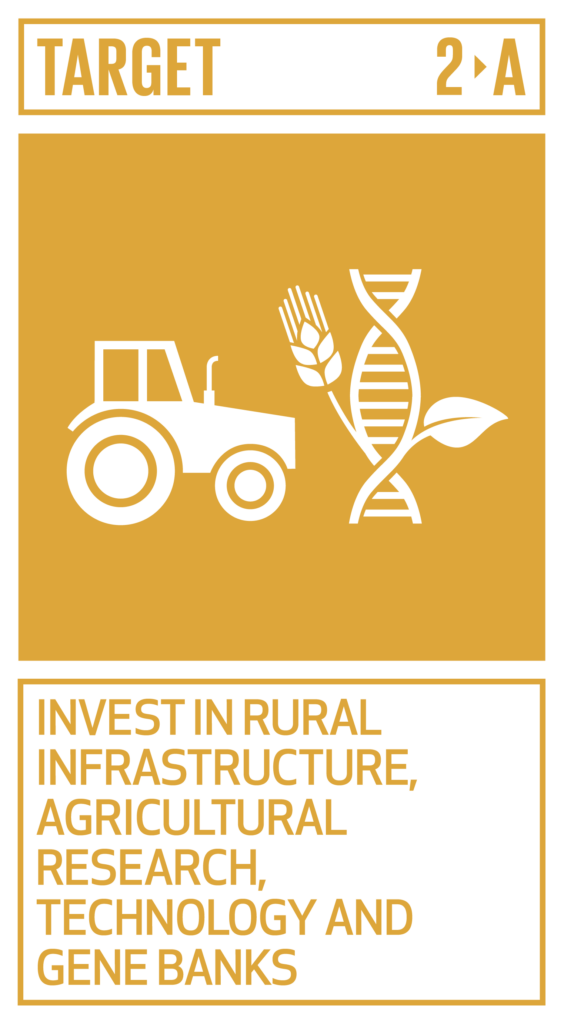
Increase investment, including through enhanced international cooperation, in rural infrastructure, agricultural research and extension services, technology development and plant and livestock gene banks in order to enhance agricultural productive capacity in developing countries, in particular least developed countries.
Indicators:
- The agriculture orientation index for government expenditures
- Total official flows (official development assistance plus other official flows) to the agriculture sector
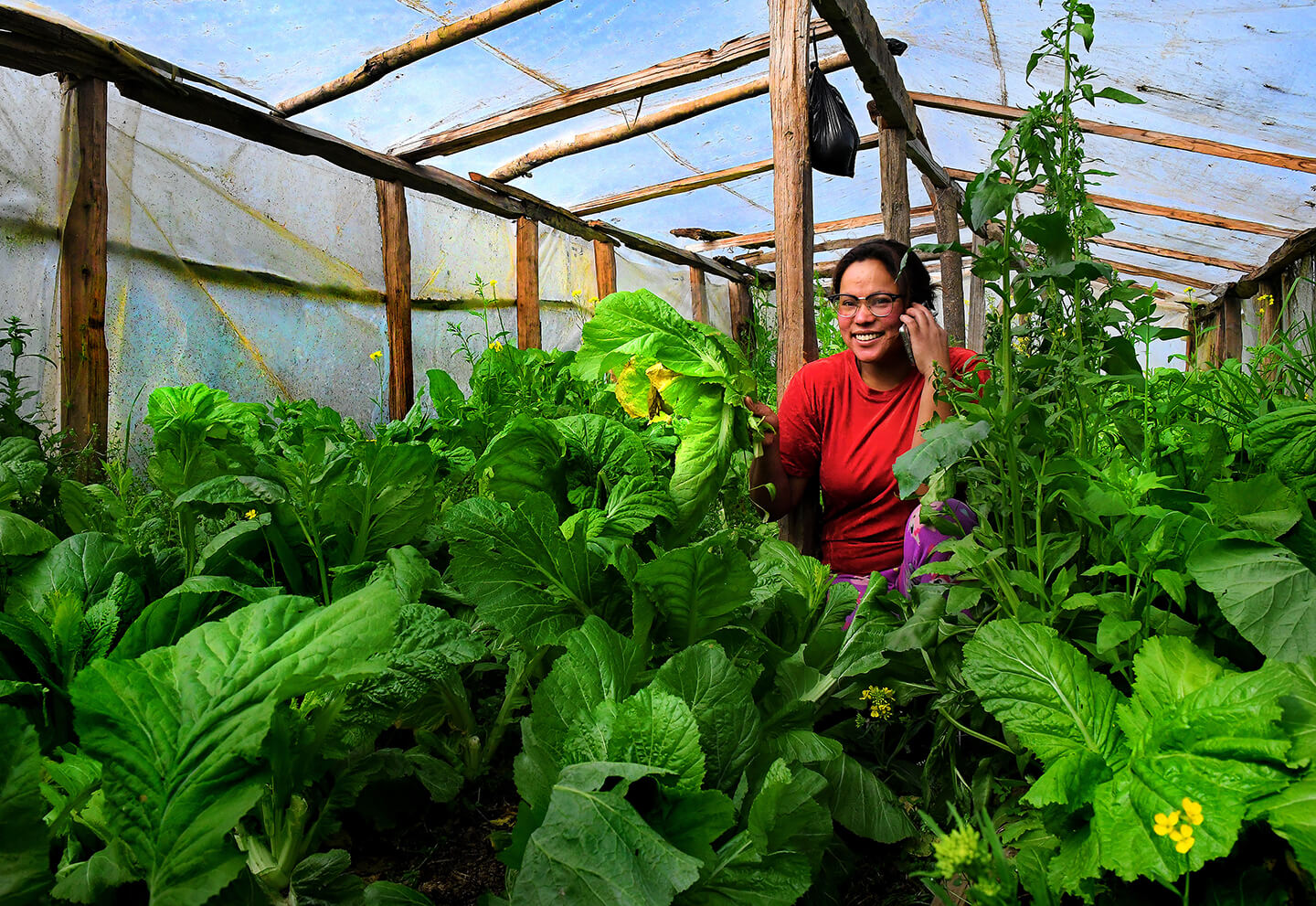
Find below key resources or activities from across the SDG2 community and beyond that are working to progress SDG2.a:
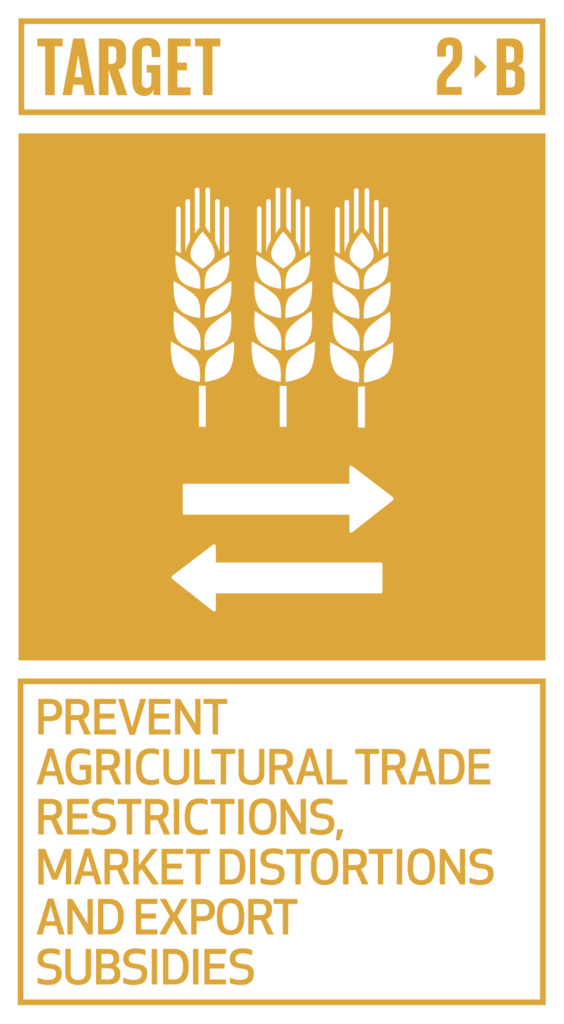
Correct and prevent trade restrictions and distortions in world agricultural markets, including through the parallel elimination of all forms of agricultural export subsidies and all export measures with equivalent effect, in accordance with the mandate of the Doha Development Round.
Indicators:
- Agricultural export subsidies
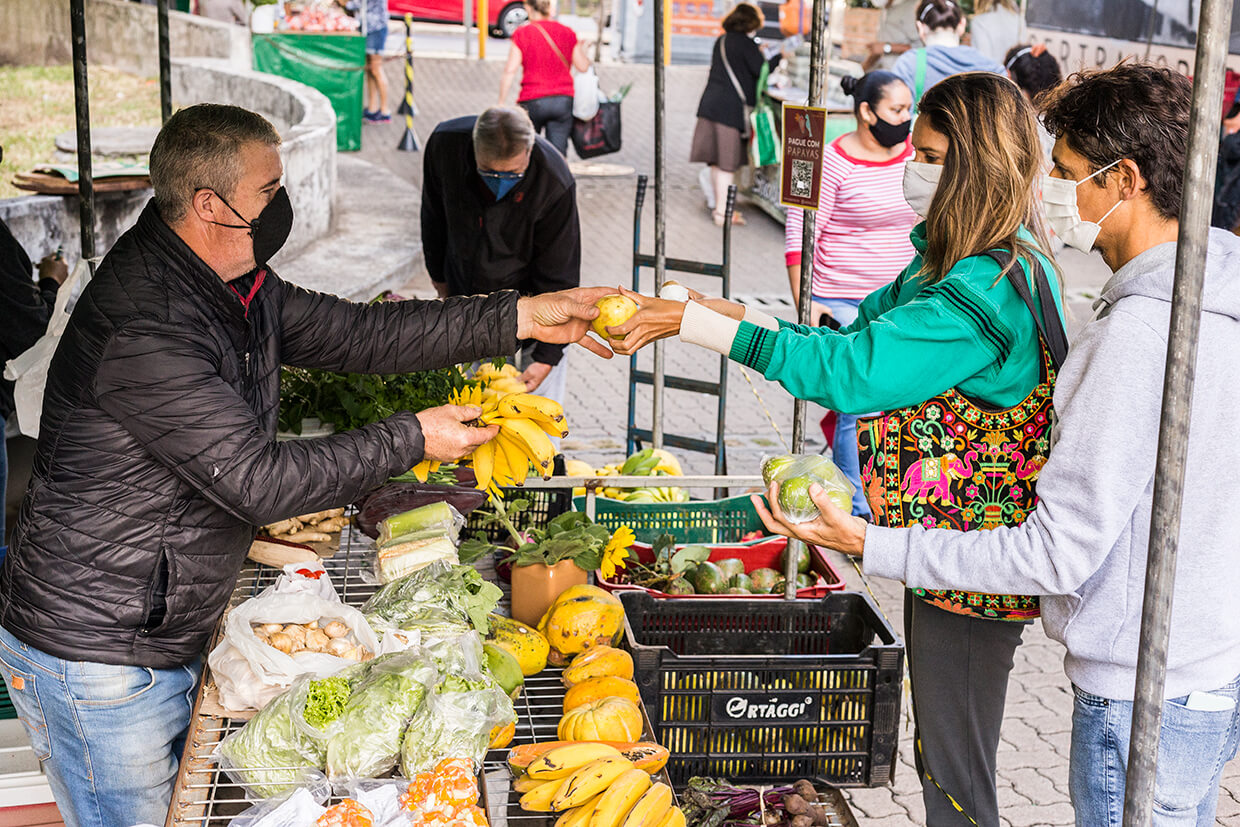
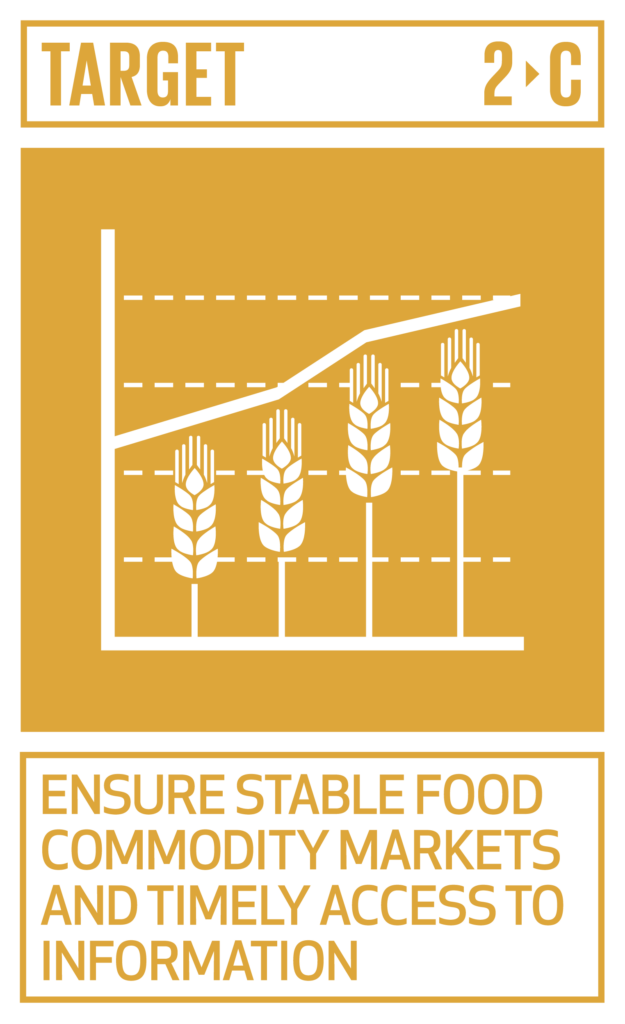
Adopt measures to ensure the proper functioning of food commodity markets and their derivatives and facilitate timely access to market information, including on food reserves, in order to help limit extreme food price volatility.
Indicators:
- Indicator of food price anomalies
